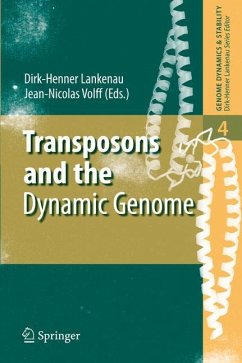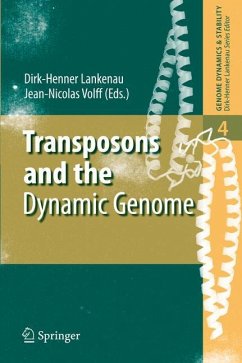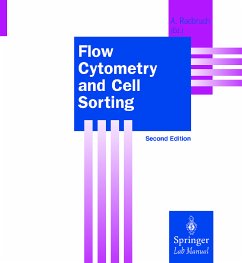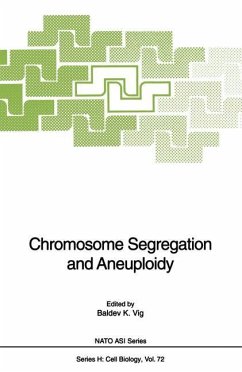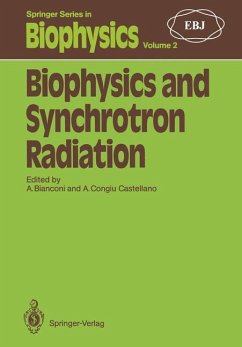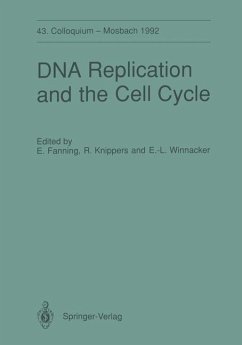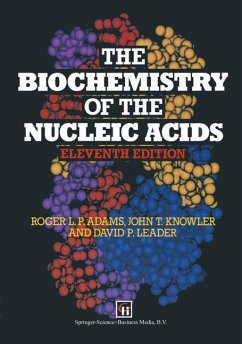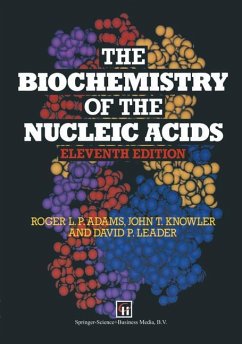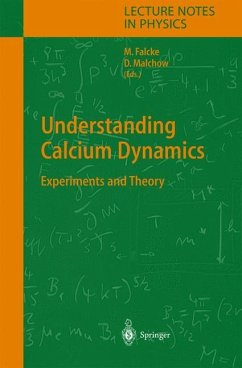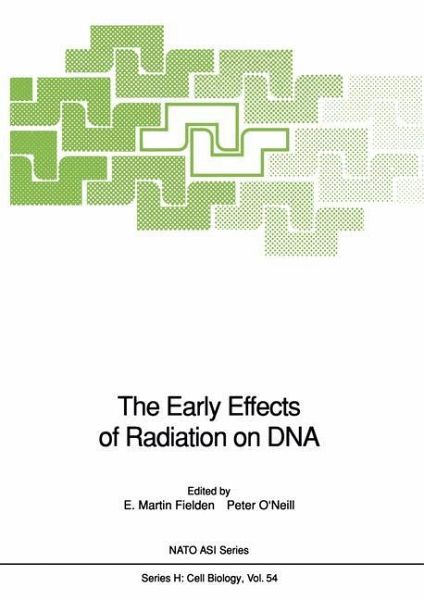
The Early Effects of Radiation on DNA
Versandkostenfrei!
Versandfertig in 1-2 Wochen
77,99 €
inkl. MwSt.

PAYBACK Punkte
39 °P sammeln!
Interest in the biological effects of ionising radiation closely followed the identification of such radiation. The realisation that DNA is the site of genetic infonnation in cells subsequently focussed attention on DNA as an important target in the lethal and mutagenic effects of ionising radiation. Thus radiation effects upon DNA became an important area for fundamental scientific studies by radiation biologists, chemists and physicists. To a first approximation, the concerns of the three disciplines can be divided by time scales: the physical process of energy deposition from photon or char...
Interest in the biological effects of ionising radiation closely followed the identification of such radiation. The realisation that DNA is the site of genetic infonnation in cells subsequently focussed attention on DNA as an important target in the lethal and mutagenic effects of ionising radiation. Thus radiation effects upon DNA became an important area for fundamental scientific studies by radiation biologists, chemists and physicists. To a first approximation, the concerns of the three disciplines can be divided by time scales: the physical process of energy deposition from photon or charged 16 12 particle and subsequent relaxation (-10- to 10- secs), followed by chemical 12 2 reactions (- 10- to 10 secs), and fmally, the expression of biological effect (minutes to years). Thus, the concept of 'early processes' conveys different ideas to different scientists, although they are all interrelated. To attempt to describe in any detail all these processes is a mammoth task which is not made easier by the different conventions and experimental approaches of the three disciplines. However, the recent advances in all these scientific areas seemed, to the organisers at least, to offer the opportunity to stimulate more active interaction between physicists, chemists and biologists. With this in mind, a multi-disciplinary workshop was organised, which brought together some fifty scientists to present their own specialist interests and, through extensive discussion, explore which problems are of high priority and require input from the different disciplines to resolve them.



